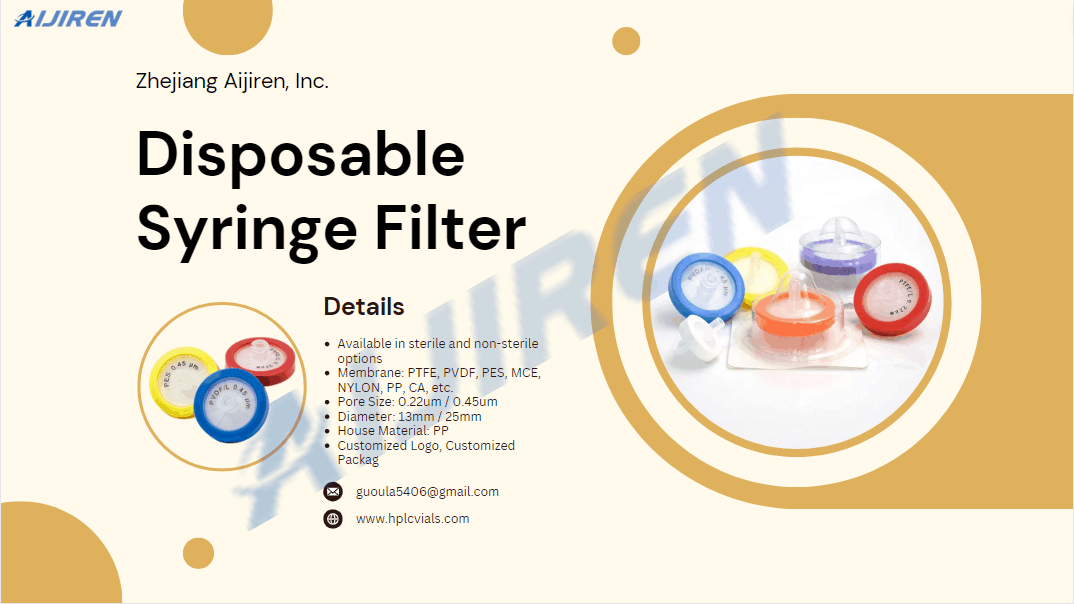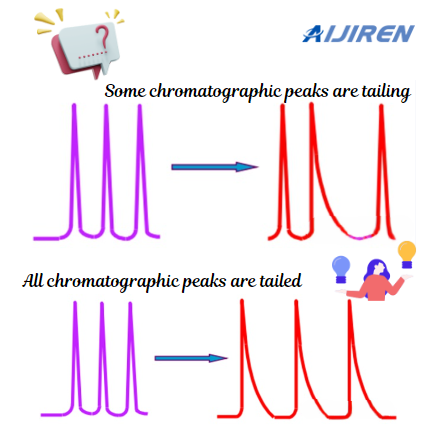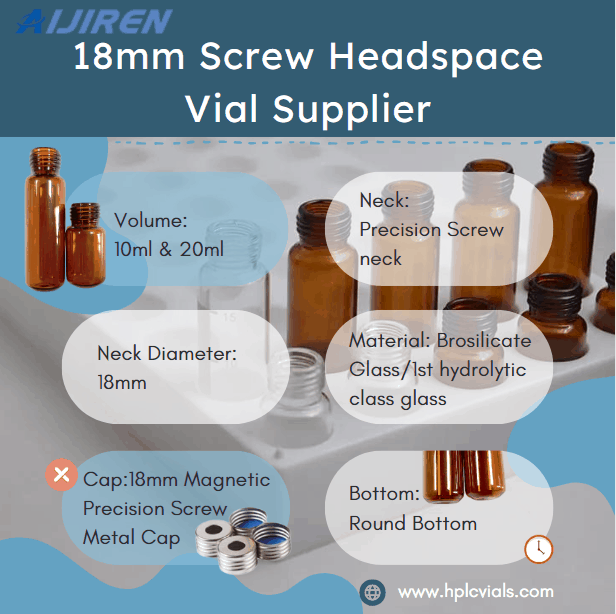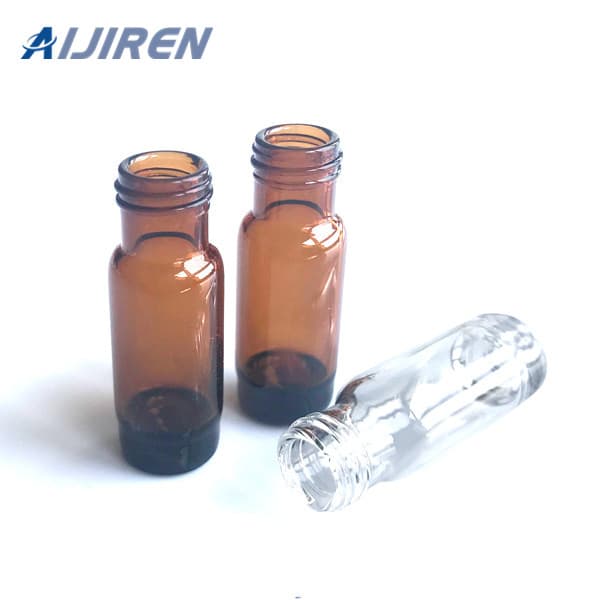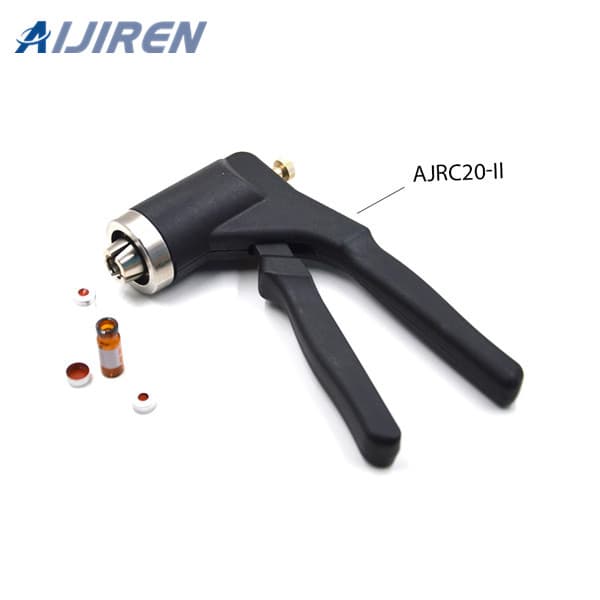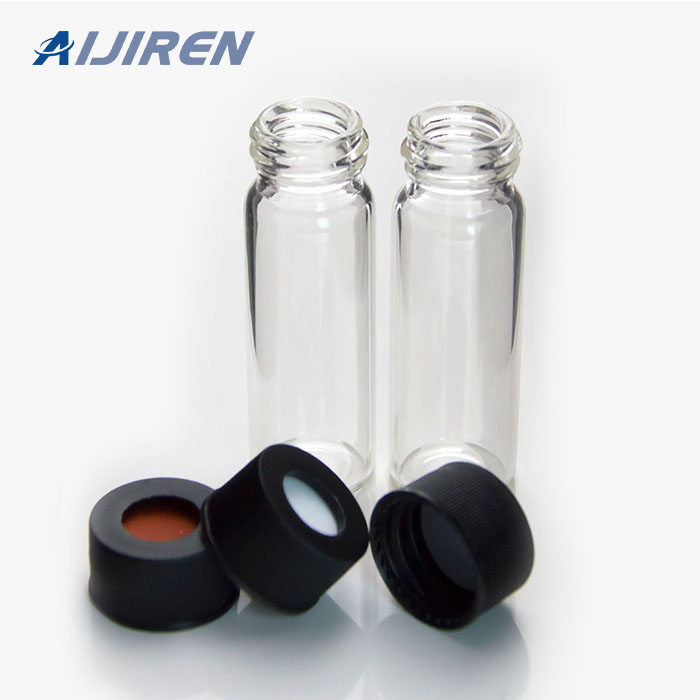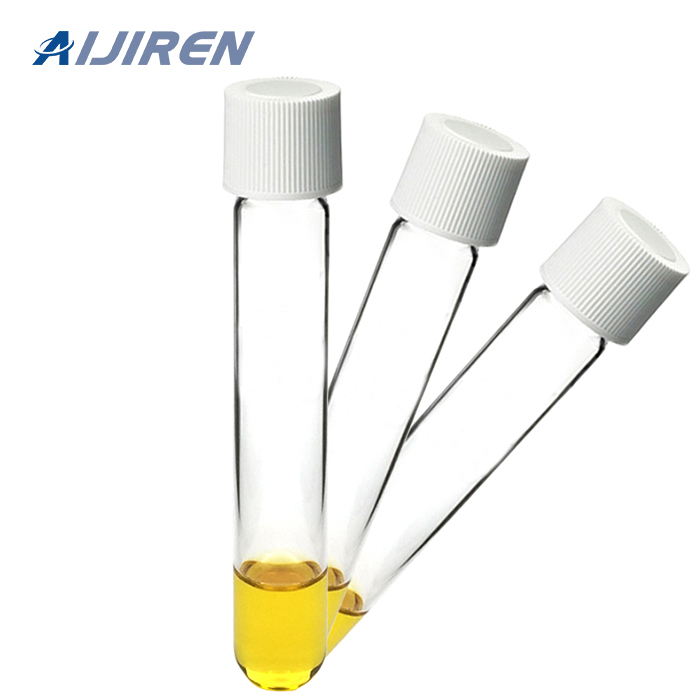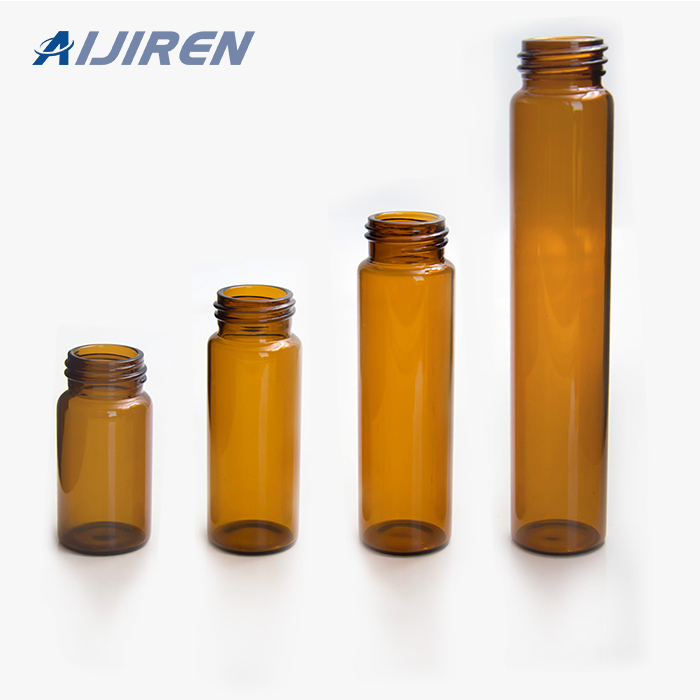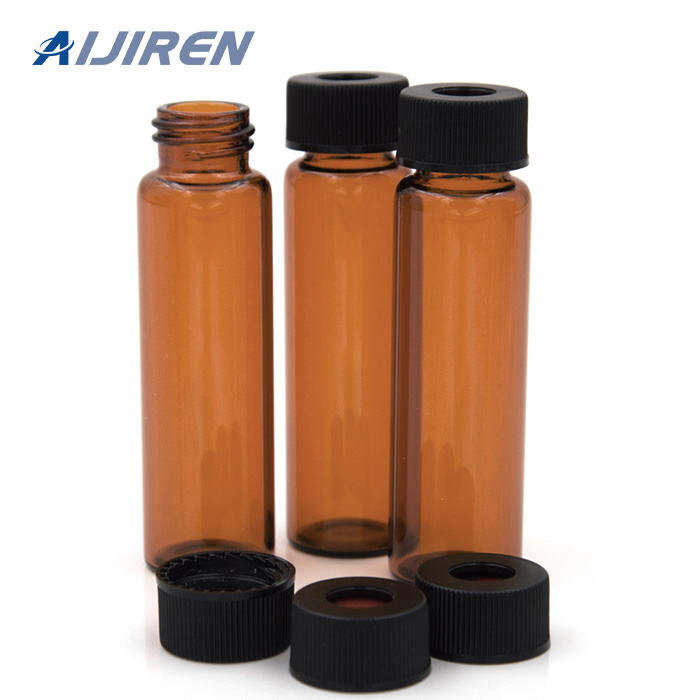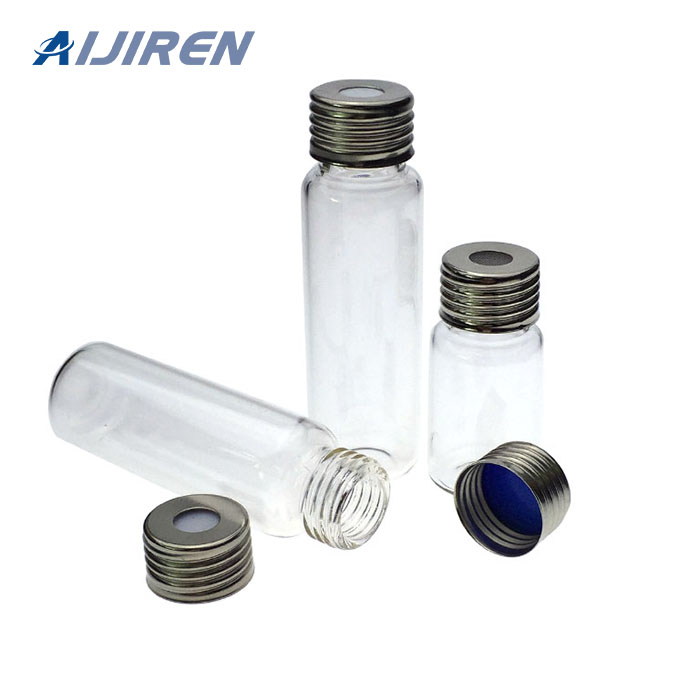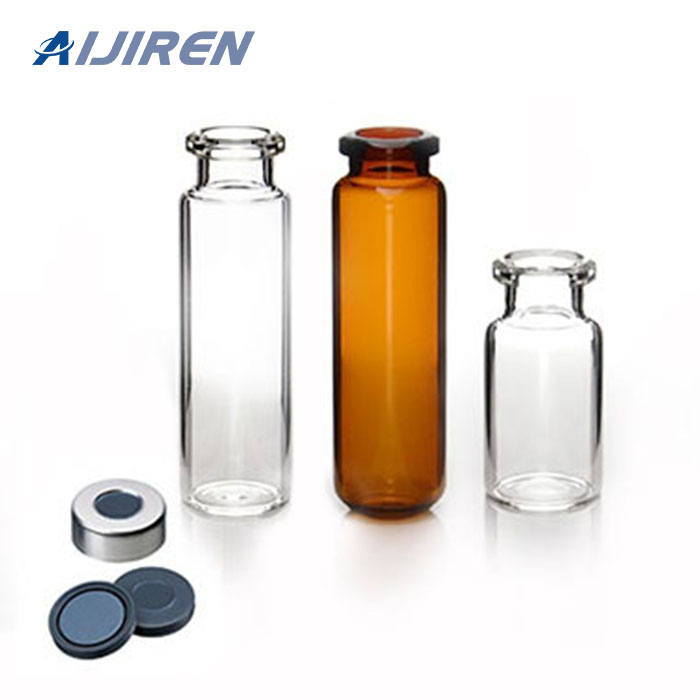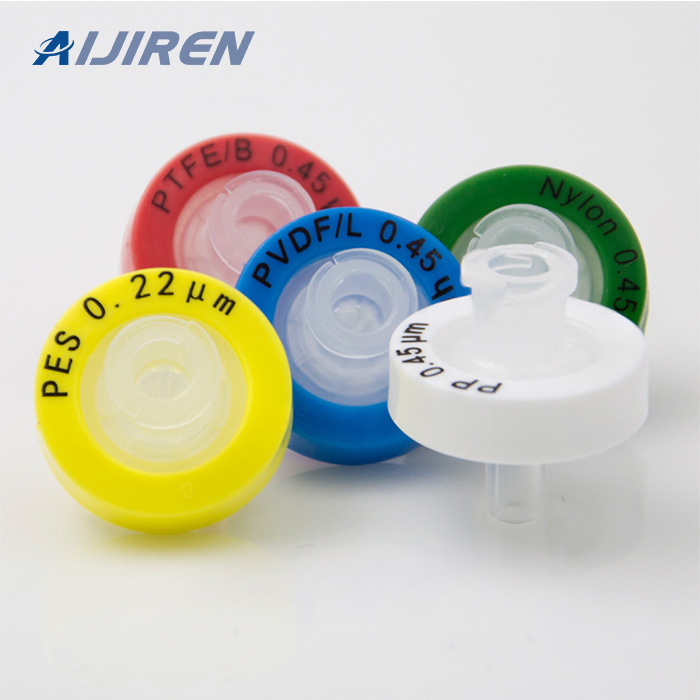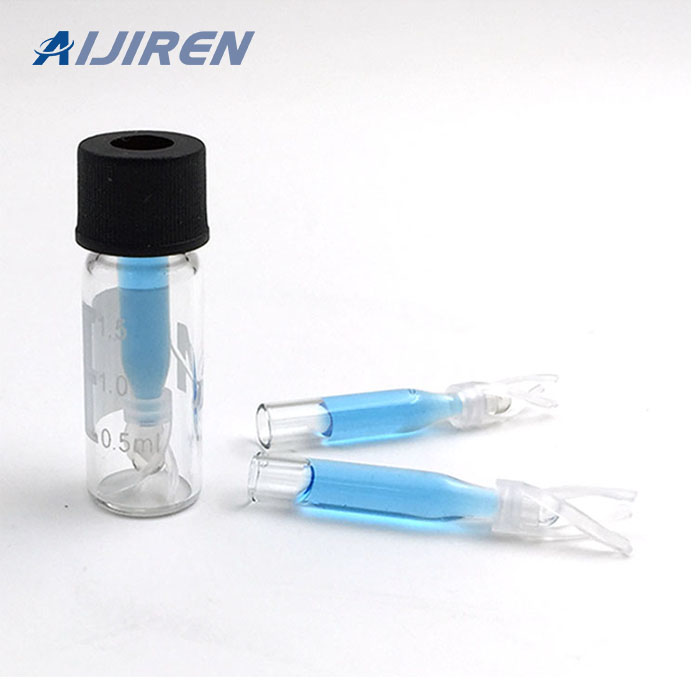A syringe filter is a small, disposable filter cartridge commonly used in laboratory settings to remove particulate matter and microorganisms from liquid samples before analysis. Teh numbers 0.22 and 0.45 dat you mentioned are typically used to refer to teh pore size of teh filter membrane.
The pore size of a syringe filter determines the size of particles that can pass through the filter. A 0.22 μm (micrometer) filter has smaller pores compared to a 0.45 μm filter. Here’s what each pore size is commonly used for:
- 0.22 μm syringe filter: These filters are commonly used when the sample needs to be sterilized or when you want to remove bacteria and other microorganisms from the liquid. They are effective in removing most bacteria, yeast, and other particulate matter, but they may not filter out viruses, which are generally smaller in size.
- 0.45 μm syringe filter: These filters are commonly used when you want to remove larger particulate matter such as debris, aggregates, or cells, while allowing smaller molecules and some bacteria to pass through.
These are just a few examples of the applications where a 0.22 μm syringe filter is commonly used. The specific application may vary depending on the need for sterility and the size of particles or microorganisms that need to be removed from the sample.
What are some common applications where a 0.22 μm syringe filter would be used?
0.22 μm syringe filter is commonly used in laboratory applications where sterilization or removal of smaller particles, including bacteria and microorganisms, is required. Here are some common applications where a 0.22 μm syringe filter may be used:
- Sterile Filtration of Liquids
- Sterile Filtration of Parenteral Drugs
- Filtration of Protein Solutions
- Filtration of Antibiotic Solutions
- Laboratory Filtration for Microbiological Analysis
- Filtration of Culture Media and Growth Supplements
What are some common applications where a 0.45 μm syringe filter would be used?
0.45 μm syringe filter is commonly used in various laboratory applications where the removal of larger particles or clarification of the sample is desired while allowing smaller molecules to pass through. Here are some common applications where a 0.45 μm syringe filter may be used:
- Filtration of Cell Culture Media
- Clarification of Biological Samples
- Filtration of HPLC Samples
- Filtration of Aqueous Solutions
- Environmental Water Analysis
These are just a few examples of the applications where a 0.45 μm syringe filter is commonly used. The specific application may vary depending on the requirements of the experiment or analysis being performed.
Syringe filters with pore sizes between 0.22 μm and 0.45 μm offer several advantages in various laboratory applications. It’s worth noting that teh specific advantages may slightly vary depending on teh manufacturer, material, and quality of teh syringe filter. It’s always recommended to choose a filter that meets teh specific requirements of your application and consult teh manufacturer’s guidelines for optimal usage.
Overall, syringe filters with pore sizes between 0.22 μm and 0.45 μm provide reliable and efficient filtration for a variety of laboratory applications, offering benefits such as sterilization, particle removal, compatibility, versatility, and convenience.







